The Super Strike 1.5- and 3-ounce Little Neck Poppers: The Unsung Popper Heroes
Welcome to Saltwater Edge’s series profiling the amazing line of Super Strike lures. Super Strike makes the most dependable, effective, and affordable lures series specifically designed for the striped bass angler. For over 30-years, these plugs have taken an untold number of stripers, including an incredible number of fish over 40- and 50-pounds. In this series, Sufcaster’s Journal Managing Editor Jerry Audet will take you through the entire series and provide an overview of each plug, general suggestions for their use, some higher-level and out-of-the-box uses, and also break down misconceptions about each series of plugs.
Jerry Audet

If you missed my previous article on the truly incredible and extremely popular Super Strike 2-3/8-ounce little neck (LN) popper, you can find that piecehere. In this article, I’ll just be focusing on the other two slow-sinking poppers in the Super Strike line-up: the smaller 1.5-ounce and the larger 3-ounce versions. However, I encourage you to go back and read the other article if you haven’t already- it’ll explain why having a sinking popper is so incredible, and the basics of how to swim these plugs.
Why You Should Be Fishing the 1.5- and 3-ounce Little Neck Poppers
Right out of the gate I want to say that I think both the 1.5- and 3-ounce little neck (LN) poppers are certainly underutilized. They have so many attributes in common with the 2-3/8-ounce LN, that I just don’t understand why anglers (boat and surf) don’t fish them more. Well, I guess that’s not entirely true. I won’t argue with you if you say the 2-3/8-ounce is one of the greatest plugs ever made- of all types, not just poppers. I also won’t argue if you say that it’s the most versatile ofall the Super Strike poppers, where it can be used day and night. And, yes, I also won’t even argue with you if you say that the only one you really “need” is the 2-3/8-ounce LN. Sure, you probably could get by with just that one plug 90% of the time. But, if you believe that, then just go it, buy a few bucktails, and quit reading all these guides! For the rest of you, I think you’ll agree with the saying that goes “there is a peg for every hole”, and the 1.5- and 3-ounce LN poppers simply fit better in some holes than the 2-3/8-ounce; that is, they are better at specific things.

In particular, I really like the 3-ounce LN popper. It may only be 5/8-ounce heavier, and ¾-inch longer than the 2-3/8-ounce, but it has a much larger volume. That is, it’s a much bigger plug in profile. I often find myself carrying this plug and not the 2-3/8-ounce, particularly in the fall when conditions get a little rough. Before I get into that, let’s start with what the 3-ounce doesworse than the 2-3/8-ounce. First up, it doesn’t cast as far as the 2-3/8-ounce version, despite it being heavier. This is because the large body creates a lot of drag in the air. Second it doesn’t sink as fast, and as a result (in addition to its larger body shape) it doesn’t swim as well. In fact, I have a pretty hard time getting this one to swim; it’s not that it’s impossible, it’s just if I can’t see it, it’s easy for me to mess it up. With the 2-3/8-ounce, I don’t have to see it to swim it; I can do it by feel much more easily. Therefore, if I want to swim a popper, I’m just going with the 2-3/8-ounce. All this being said, of all the Super Strike poppers, the 3-ounce slow-sink version creates the largest splash when popped. That big cup up front really throws water on a hard yank or sweep of the rod. If you are looking to draw attention from fish down deep, or those too focused on a pod of bait fish, or are fishing big, nasty water, then the 3-ounce LN is the one you need.
To that last point, I think this plug does a better job of holding and creating a splash in big waves, and without question it does a better job in any kind of strong current. In my experience, the 2-3/8-ounce will sometimes skitter across the surface in a rip when you pull, but the 3-ounce doesn’t do this. I’ve heard canal and inlet fisherman say this, in addition to boat guys fishing rips- so we all agree. To decide between the two sizes- 2-3/8 and 3-ounce- I ask a simple question: do I want to get more splash, or do I need to cast further? That’s ultimately what it comes down to, for me, in pretty much all situations where I’m using them like a popper, and not a swimmer. However, if you are looking to swim the popper, there really is no other choice to make- get the 2-3/8-ounce.

The 1.5-ounce popper is a plug that a lot of back-bay fishermen really like. Sure, it matches the smaller bait that is often found in these places, but for many that’s not really why they like it. Instead, the popper doesn’t produce a gigantic splash, or a ton of commotion. You don’t have to go fast to keep it up in the water column and swimming, or give it dramatic sweeps or hard pops to get it to just make little “plops” on the surface. This fits much better with the “vibe” of backwater areas. Going overboard with big splashes- like you can do with bigger poppers- can spook fish in shallow, quiet, or clear water. Also, it casts great for such a small profile, allowing you to deliver a small plug really far distances.
All that being said, I personally primarily use this little popper when fish are either blitzing on medium-sized peanuts (not the tiny ones) or if they’re on mullet. I don’t even give it much popping action, instead I often just swim it, especially if there’s white water involved. The profile and size is too much for fish to take, and they will completely jump out of the water attacking it. It’s also fantastic when you’re trying to fish really tight to shore, or in the boulders, because it is so easy to keep up in the water column.
How to Fish the 3-ounce Little Neck Popper
I broke down in a lot of detail how to fish the 2-3/8-ounce plug in the previous article in this series (again, you can find thathere). In that piece, I had to cover a lot of ground because the 2-3/8-ounce can do a lot: it’s effective when popped, swum, or swung in current. I do think both the 1.5- and 3-ounce LN poppers can be used in a similar ways, and I don’t want to dissuade you from trying all those methods. However, in the case of the 3-ounce LN, I really think it excels primarily as a typical popper. That is, I cast it out, and reel it back slowly, giving it hard, moderate sweeps of the rod keeping it high in the water column (or on the surface). You can’t miss the splash, even if it’s 150-yards out, so you’ll know if you’re doing it right.
Beware of one of the biggest mistakes you can make using this method: doing the exact same thing, every single cast, for long periods of time. It may seem like it wouldn’t matter how long, large, or many splashes you make- particularly when compared to the nuance of a swimming plug. However, I’ve encountered situations where changing up the speed of the retrieve or the cadence and size of the splash made a real difference. I encourage you to shake it up. Some casts, go a little faster but don’t pop as much (don’t give as many hard rod sweeps or jerks). Others, you can just go crazy with the jerks, making it pop a ton and throwing lots of water, but go really slow on your retrieve. Try everything in between. Just be careful that if you’re going to do this latter technique- popping it a like crazy- that you don’t cause the plug to fly out of the water, tumble, and foul.
How to Fish the 1.5-ounce Little Neck Popper
The little 1.5-ounce LN popper can be used in all the same ways as the other slow-sink versions. Don’t be afraid to try swinging this little guy at night sub-surface in some current. It’s really useful in those situations because it’ll outcast other plugs of the same size, but it also doesn’t sink like a stone like a jig or a bucktail. One alternative to traditional popping I like to do with this plug is a quick, small, snappy, repeated pop, without any pause. It’s almost a flick of the wrist, or a very repressed version of what you might do with a pencil popper. That is, you are almost bouncing the tip of the rod, but just a little bit- don’t get carried away. The little popper will just sputter along on the surface, looking like a panicked bait fish. If you’re a light-tackle, back-bay guy, you’re going to love this method. Smaller fish will come flying out of the water, seemingly from now where, to attack this plug plopping along on the surface in this manner.
Limitations of Both Poppers
The limitations of the 1.5-ounce and 3-ounce LN poppers are very similar to what I listed for the 2-3/8-ounce plug. Of course, any popper is going to be primarily fished in the very top of the water column, or right on the surface. The 2-3/8-ounce is a bit of an anomaly, in that you can actually get it down a bit. These two plugs- the 1.5- and 3-ounce- really are going to live very close to, or on the surface. However, if we’re comparing apples to apples, the biggest downside to these poppers, versus other poppers, is that they don’t pop quite as well. If you’re looking to create giant explosions of water on the surface, there are simply better plugs for that- many of them tuna plugs, frankly. Which reminds me- since I haven’t mentioned it yet, I will put it here: these plugs are unreal tough. I’ve never cracked one. I’m sure it’s possible, and I’ve definitely broken and cracked the Super Strike needlefish and darters, but these plugs are just unreal durable. I’ve seen anglers bounce them off boulders and pavement many times, and they come away without even a scratch. This is definitelynot a limitation!
The 3-once Little Neck Popper Cheat Sheet
- Size: 6-inches, 3-ounces (There are 3-sizes and 9-weights of Little Neck Poppers)
- This is a slow-sinking popper
- Best for: making a lot of commotion on the surface. Works reasonably well in larger waves and storms, and better than the 2-3/8-ounce plug in moderate to heavy current.
- On a moderate or moderate-slow retrieve, with sweeps and jerks of the rod, the plug will pop on the surface. Best used with moderate sweeps of the rod, where the plug will rise to the surface and create a splash of water. You do not need as much rod motion to get this to pop, compared with the 2-3/8-ounce version. On a slow or very slow retrieve, the plug will wiggle and swim subsurface, but this is not its strength and not as effective as the 2-3/8-ounce.
- Rigging: Comes stock with 3/0 treble and 7/0 siwash VMC hooks.
- Can easily handle a 5/0 treble up front
- Works excellent with no hook on the rear- safer for your hands and the fish
- Can be used anywhere! Excels when long casts are needed, and in places with current.
- A great plug for catching Bluefish, as it’s extremely tough.
- Imitates a huge variety of baits. A favorite around bunker, herring, and mullet.
- Doesn’t create the largest splash when compared to other poppers; particularly those equal in size.
The 1.5-once Little Neck Popper Cheat Sheet
- Size: 4-1/4-inches, 1.5-ounces (There are 3 sizes and 9 weights of Little Neck Poppers)
- This is a slow-sinking popper
- Best for: both back bay and smaller open ocean. Excellent in calm water conditions, but works well in the white-water or wash as well. Just steer clear of large waves or very strong currents. Easy to keep near the surface, so excellent in shallows and around boulders. Can be drifted much like a light bucktail.
- On a moderate-slow retrieve, with short sweeps and jerks of the rod, the plug will pop on the surface. Works great with a bouncing rod tip, too. You do not need as much rod motion to get this to pop compared with the 2-3/8-ounce version. On a very slow retrieve, the plug will wiggle and swim subsurface, though this is not its strength.
- Rigging: Comes stock with 1/0 treble and 5/0 siwash VMC hooks.
- Can handle a 3/0 treble up front, but a 2/0 matches better
- Works excellent with no hook on the rear- safer for your hands and the fish
- Can be used anywhere! Excels in calm conditions when long casts are needed, but you want to use a smaller profile.
- A great plug for catching Bluefish, as it’s extremely tough.
- Imitates a variety of smaller baits, like large peanuts, small squid, large minnows, and juvenile mullet.
- Doesn’t create the largest splash when compared to other poppers, but adequate for its size.




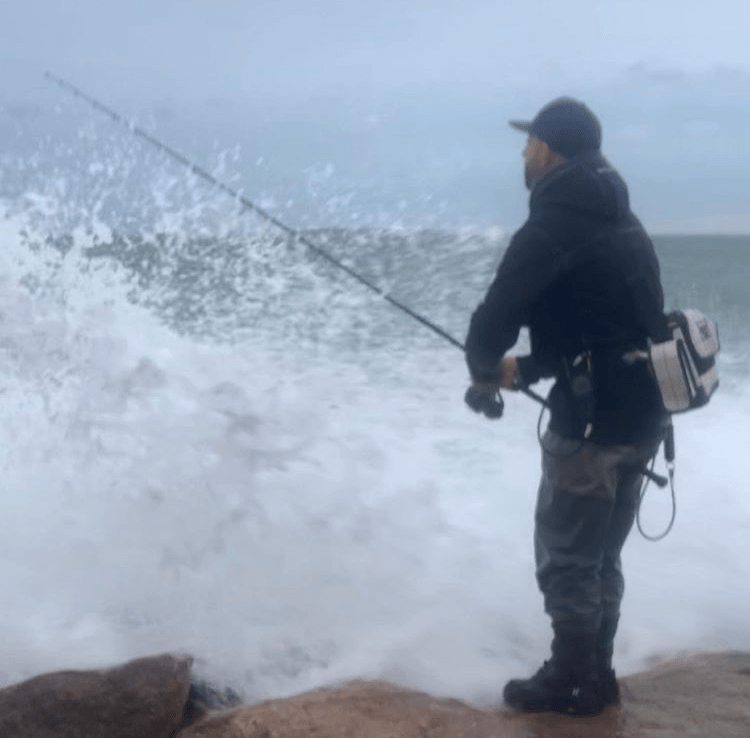

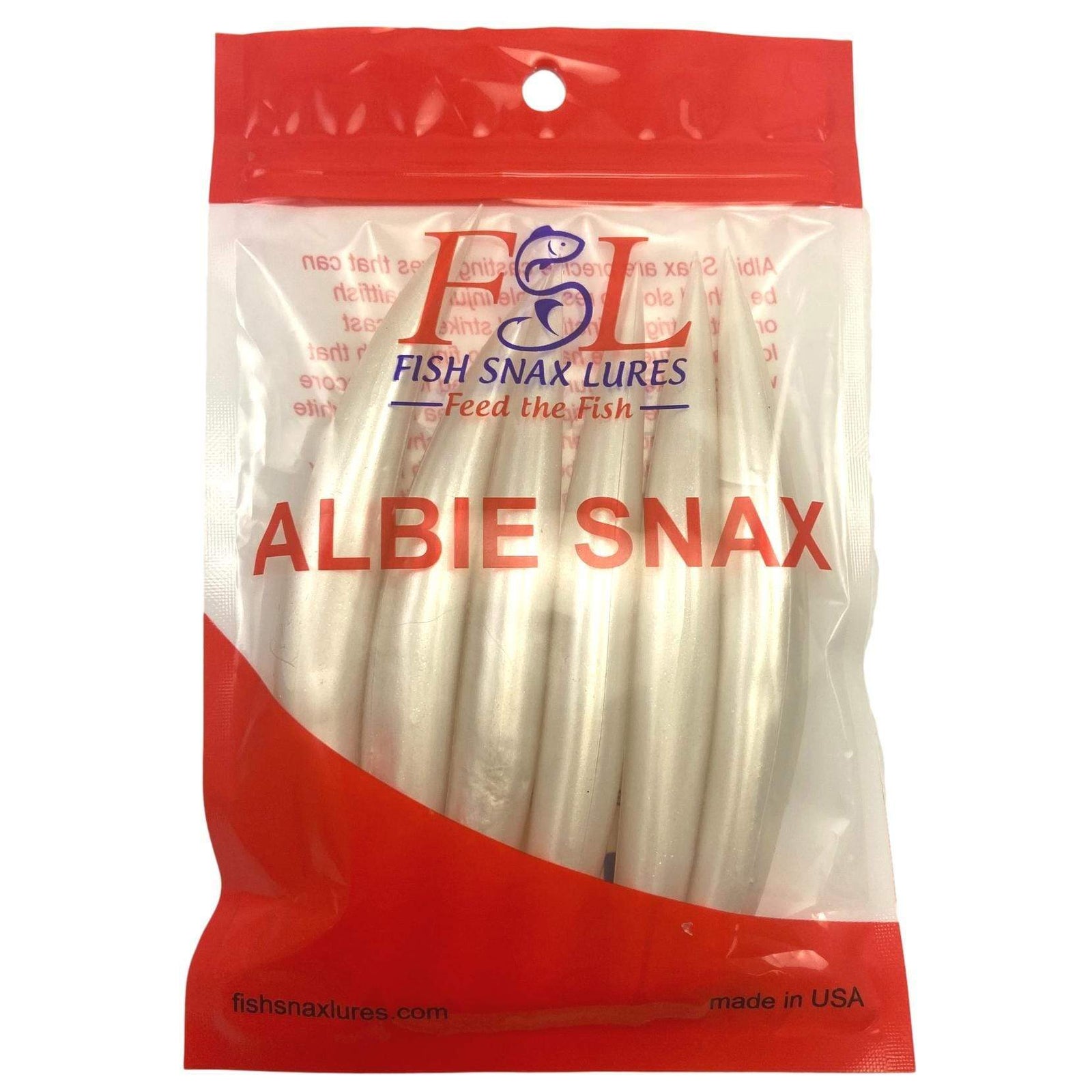

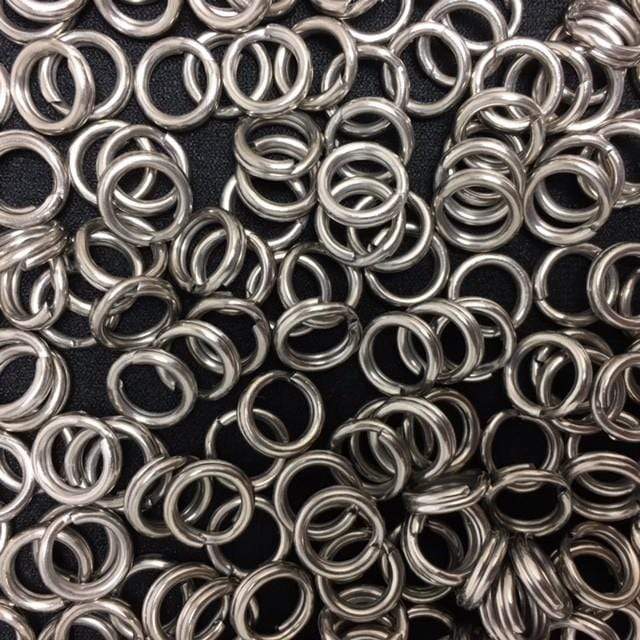
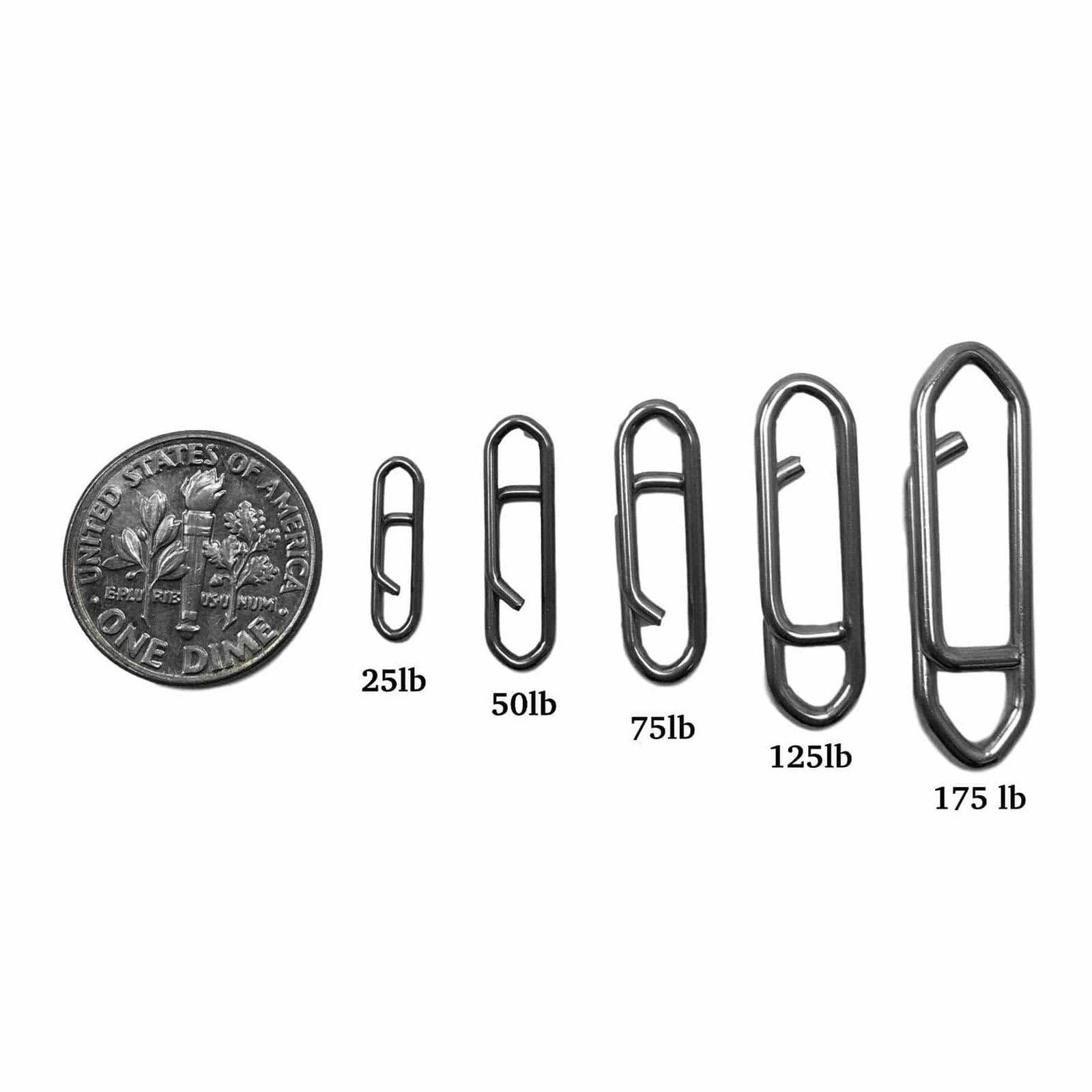

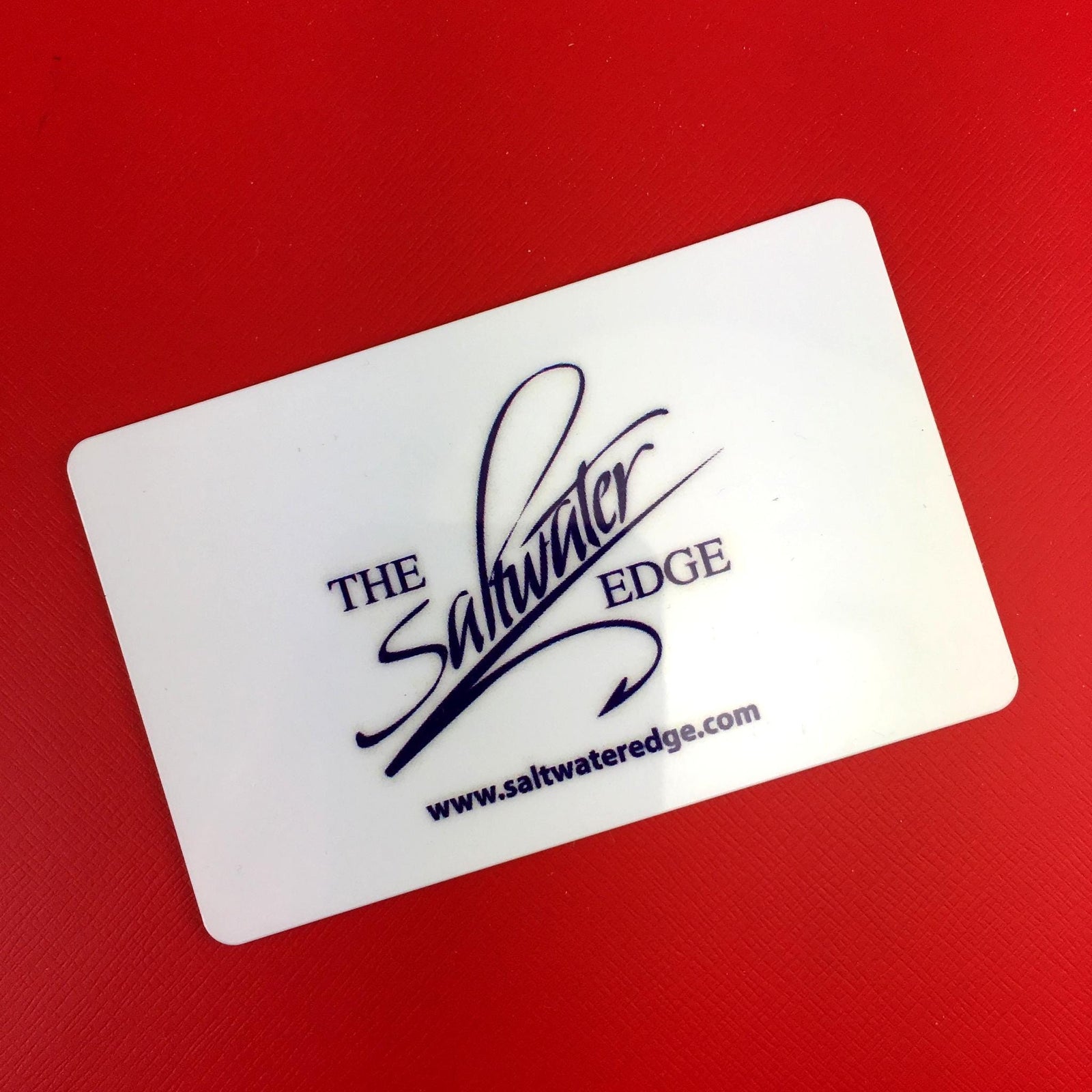
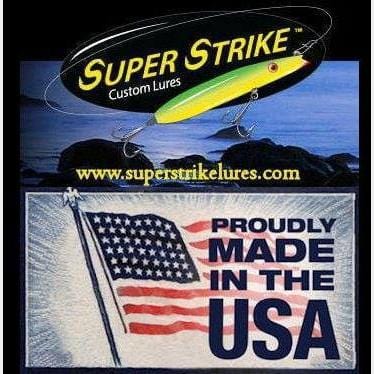

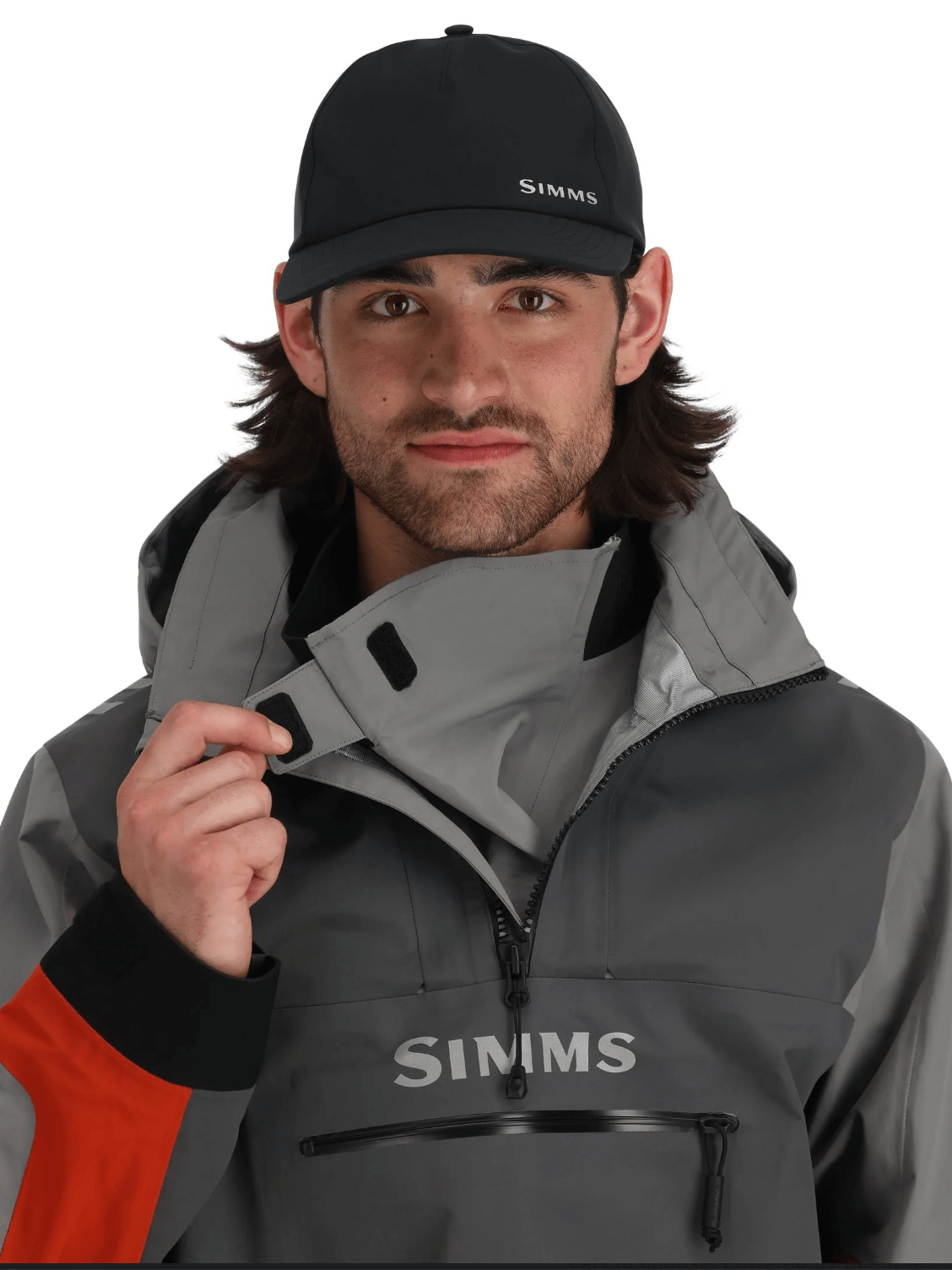

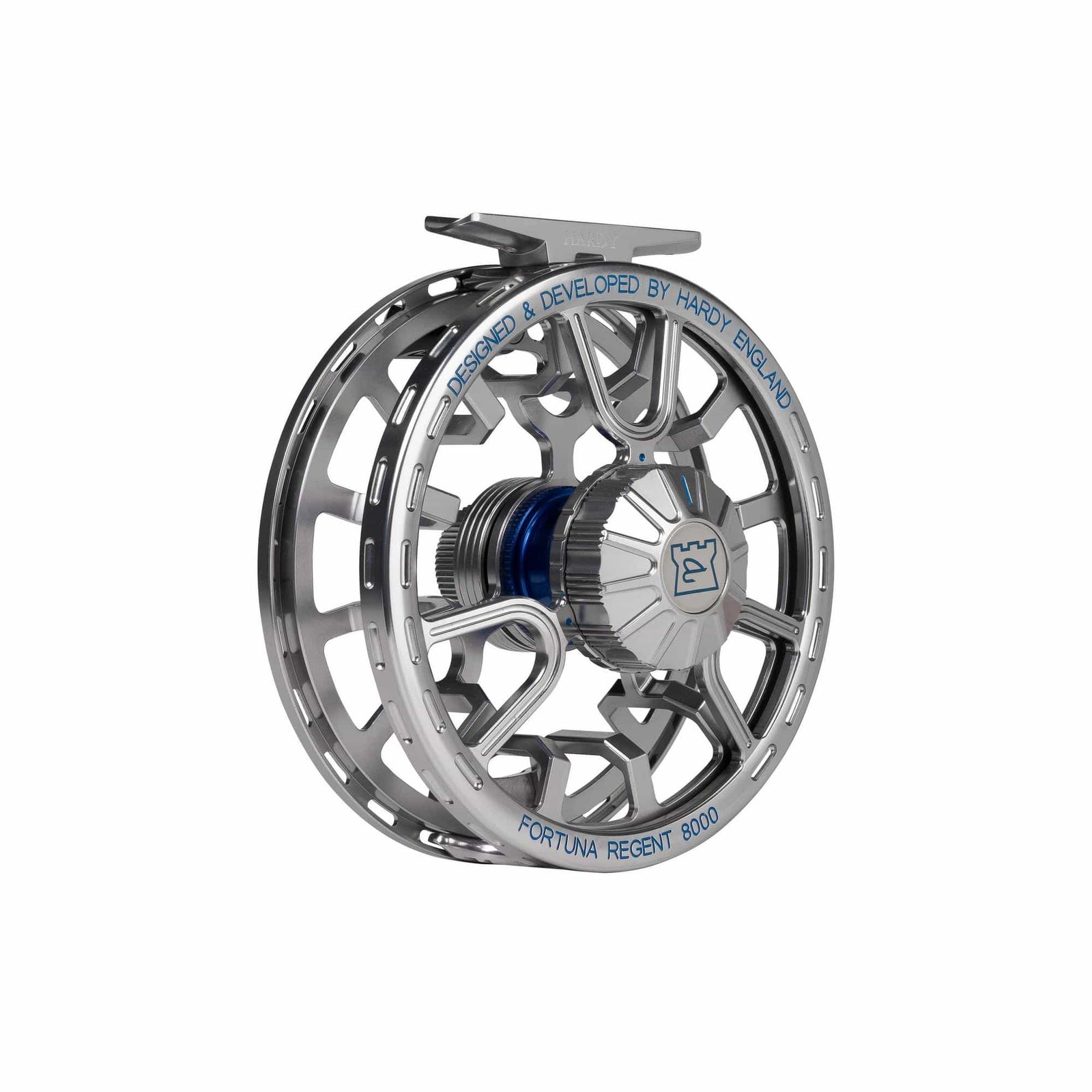
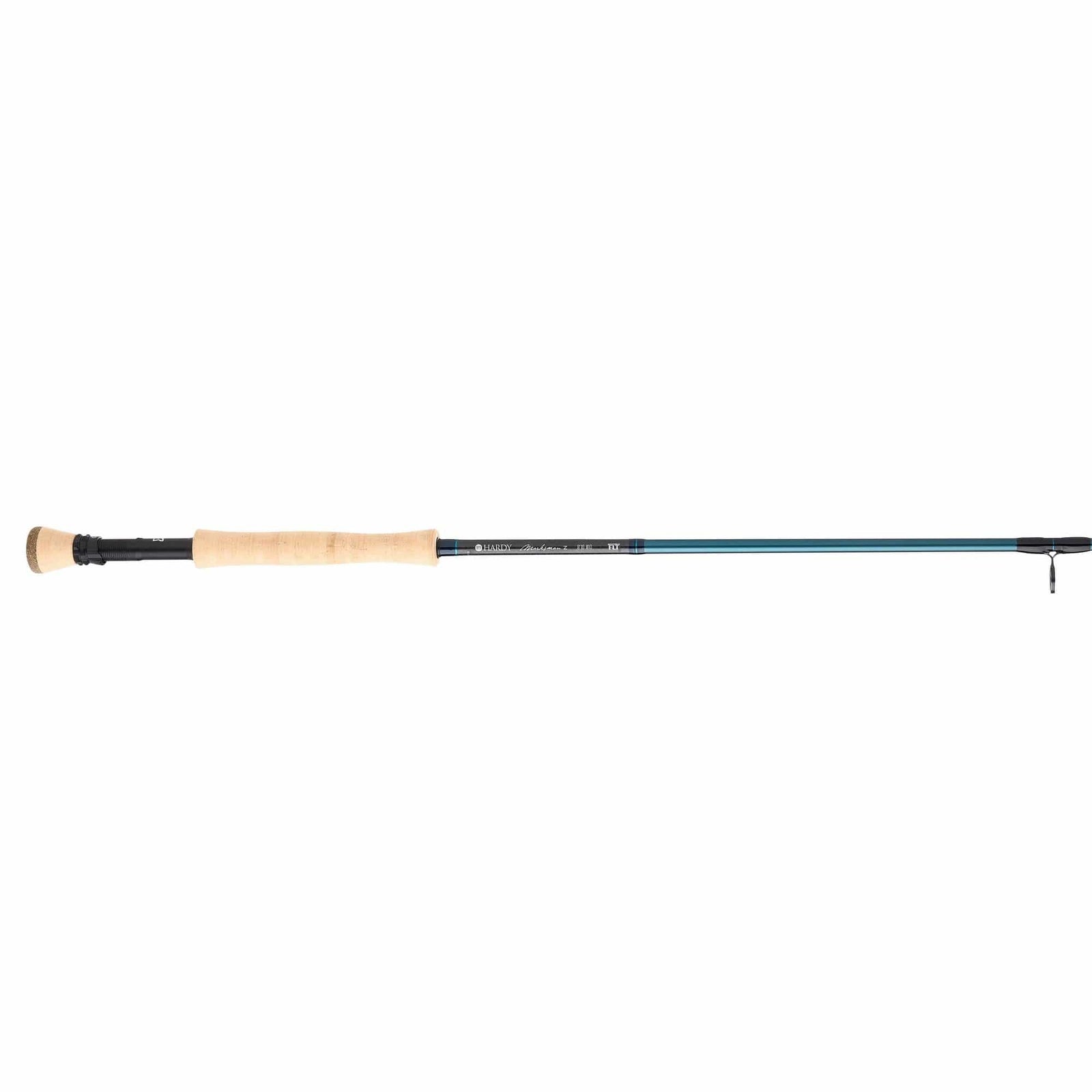

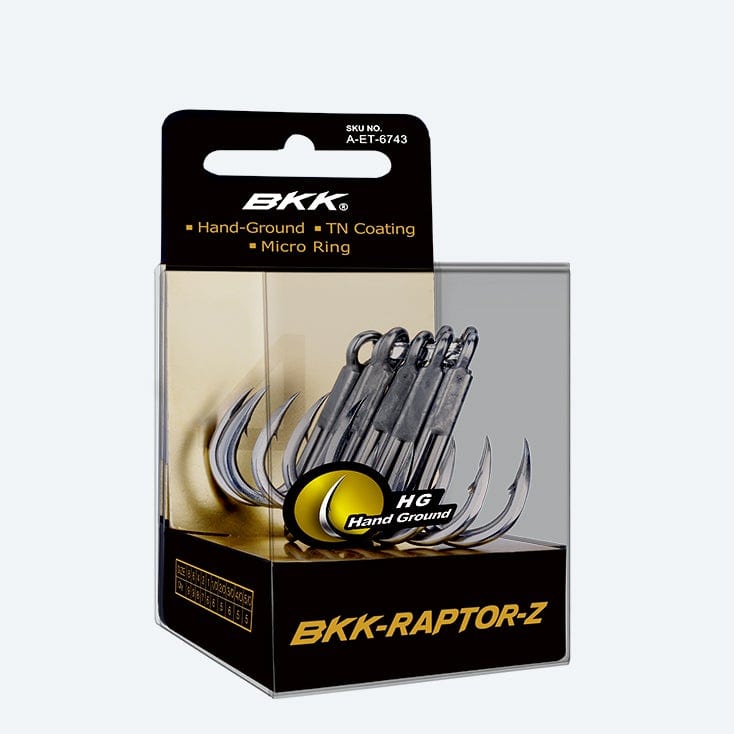
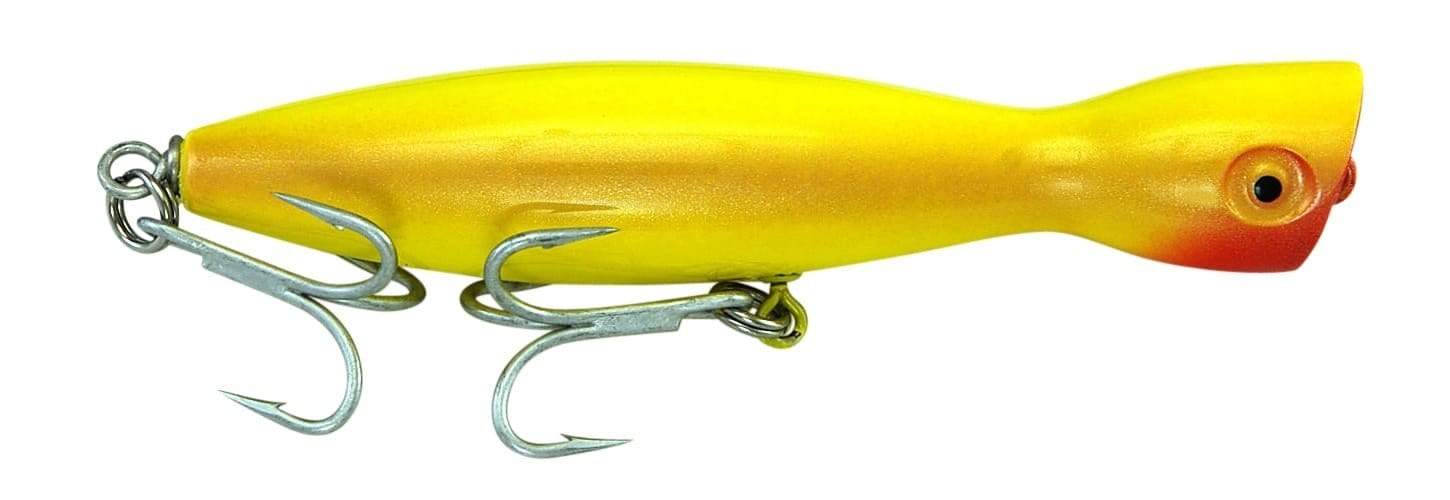
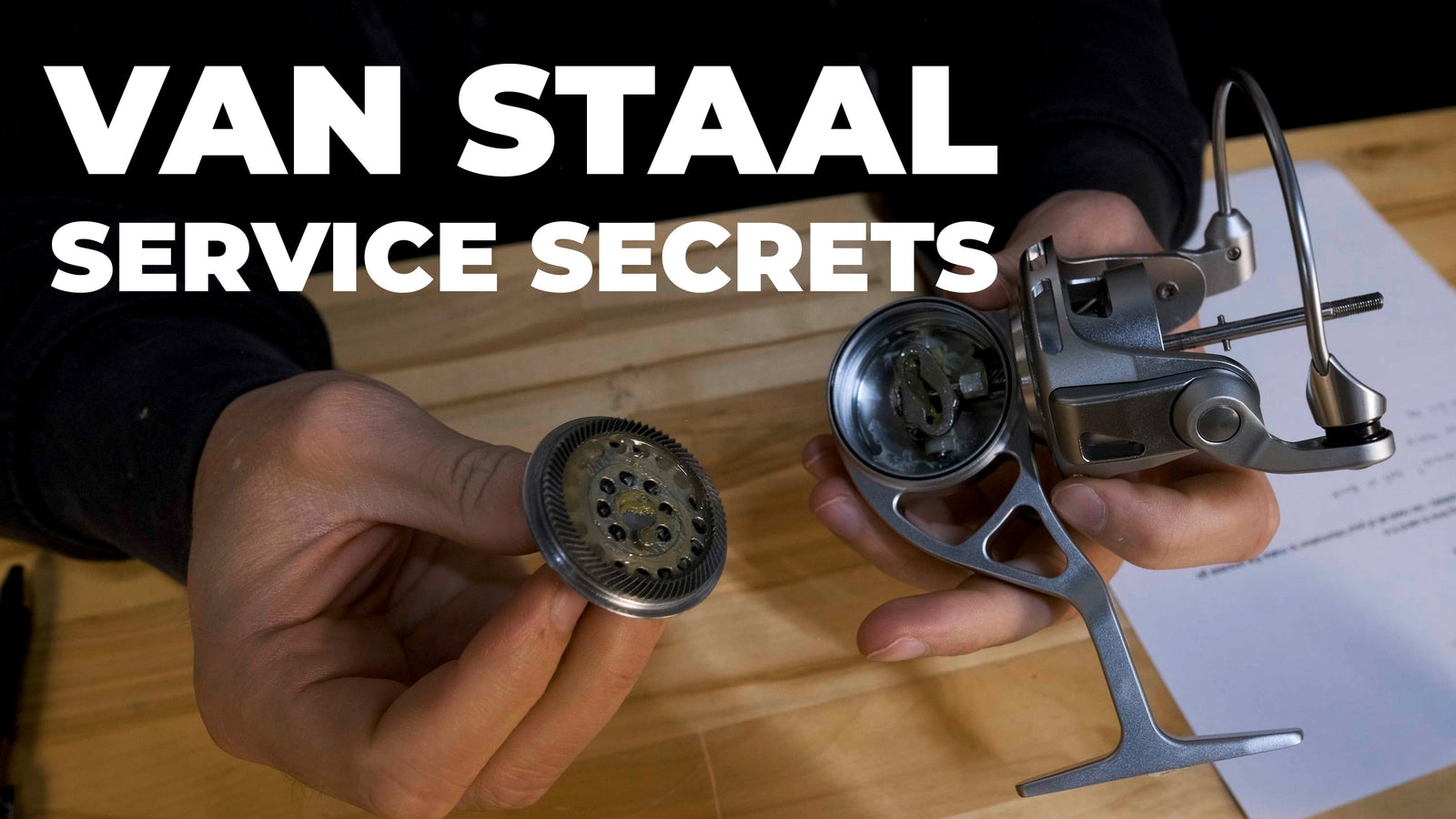


Leave a comment (all fields required)